How to Grow Venus Fly Trap from Seeds
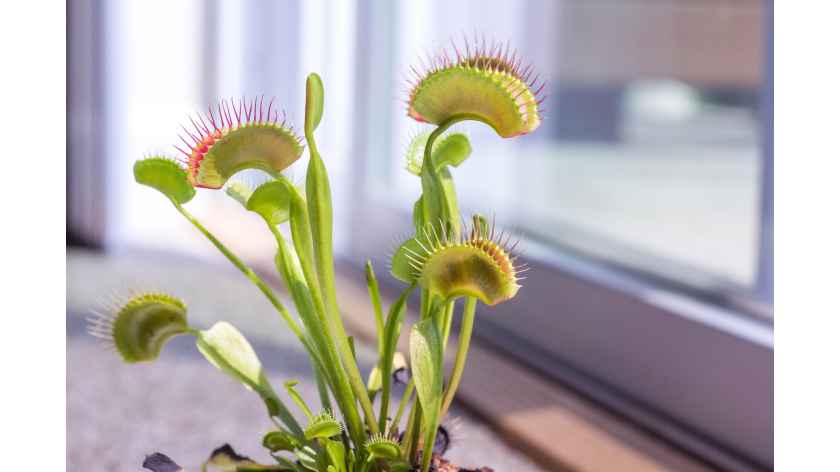
A Complete Guide
If you are fascinated by carnivorous plants and want to grow one in your garden, then the Venus Fly Trap is an excellent option. The Venus Fly Trap is a unique plant that is not only captivating but also easy to grow from seeds. This article will provide a step-by-step guide on how to grow Venus Fly Traps from seeds, including the soil and planting requirements, watering and feeding, and how to care for the plant.
Table of Contents
- Introduction
- What are Venus Fly Traps?
- Soil Requirements
- Planting Requirements
- Watering Requirements
- Feeding Requirements
- Lighting Requirements
- Temperature Requirements
- Humidity Requirements
- Repotting Venus Fly Traps
- Pests and Diseases
- Frequently Asked Questions
- Conclusion
Introduction
The Venus Fly Trap (Dionaea muscipula) is a carnivorous plant native to the wetlands of the Carolinas in the United States. The plant is renowned for its unique trapping mechanism, which involves two hinged leaves with sensitive trigger hairs that snap shut when an insect touches them. This mechanism allows the plant to capture and digest insects, which provide the plant with the necessary nutrients it needs to survive. In this article, we will provide a step-by-step guide on how to grow Venus Fly Traps from seeds.
What are Venus Fly Traps?
Venus Fly Traps are unique carnivorous plants that grow in wetlands with high levels of sunlight. The plant has two hinged leaves with sensitive trigger hairs that snap shut when an insect touches them. Once the leaves close, the plant secretes digestive enzymes that break down the insect, providing the plant with the necessary nutrients to survive. Venus Fly Traps grow up to 12 cm in diameter and are a fascinating addition to any garden.
Soil Requirements
The Venus Fly Trap requires a nutrient-poor soil mix that is high in acidity. A mixture of peat moss, perlite, and sand is ideal for the plant's growth. It is important to ensure that the soil is well-draining as the plant can quickly develop root rot if left in soggy soil.
Planting Requirements
To plant Venus Fly Trap seeds, fill a small pot with the nutrient-poor soil mix, leaving about an inch of space at the top. Sprinkle the seeds on top of the soil and lightly press them into the surface. Do not cover the seeds with soil as they need light to germinate. Place the pot in a warm, bright location and cover it with a plastic lid or wrap to create a mini greenhouse. The seeds will germinate in about 2-4 weeks.
Watering Requirements
Venus Fly Traps require moist soil at all times, but they do not like standing in water. Water the plant regularly, but allow the soil to dry out partially before watering again. Avoid using tap water as it is high in minerals that can harm the plant. Instead, use rainwater or distilled water.
Feeding Requirements
Venus Fly Traps require insects to provide the necessary nutrients to survive. You can feed the plant with small insects such as fruit flies, gnats, or ants. Do not feed the plant raw meat, as this can cause the leaves to rot. If you do not want to feed the plant live insects, you can use a pre-made insectivorous plant fertiliser, which is available at most garden centres.
Lighting Requirements
Venus Fly Traps require bright, direct sunlight for at least 4-6 hours a day. Place the plant in a location where it can receive direct sunlight, such as a south-facing windowsill or outside in a sunny location. If you are growing the plant indoors, you may need to supplement its light requirements with artificial light. A fluorescent light or LED grow light can be used to provide the plant with the necessary light it needs to thrive.
Temperature Requirements
The Venus Fly Trap is a cold-hardy plant and can tolerate temperatures as low as -6°C. However, the ideal temperature range for the plant is between 21°C to 29°C. Avoid exposing the plant to temperatures above 35°C as this can cause the leaves to wilt and the plant to die.
Humidity Requirements
Venus Fly Traps require a humid environment to thrive. The plant prefers a humidity level between 50% to 60%. If the air in your home is dry, you can increase the humidity level around the plant by placing a tray of water near the plant or using a humidifier.
Repotting Venus Fly Traps
As Venus Fly Traps grow, they may outgrow their pots and require repotting. Repot the plant in the spring or fall, using the same nutrient-poor soil mix used for planting. When repotting, be gentle with the plant's roots as they are delicate and can be easily damaged.
Pests and Diseases
Venus Fly Traps are relatively pest-free, but they can be susceptible to aphids, spider mites, and mealybugs. If you notice any pests on the plant, remove them immediately using a soft brush or a cotton swab dipped in rubbing alcohol. The plant can also develop root rot if left in soggy soil, so it is essential to ensure the soil is well-draining.
Frequently Asked Questions
- Can I grow Venus Fly Traps indoors?
- Yes, Venus Fly Traps can be grown indoors, but they require bright, direct sunlight.
- How often do Venus Fly Traps need to be watered?
- Venus Fly Traps require moist soil at all times, but they do not like standing in water. Water the plant regularly, but allow the soil to dry out partially before watering again.
- Can Venus Fly Traps be grown from cuttings?
- Yes, Venus Fly Traps can be propagated from cuttings, but it is easier to grow them from seeds.
- How often should I feed my Venus Fly Trap?
- Venus Fly Traps require insects to provide the necessary nutrients to survive. You can feed the plant with small insects such as fruit flies, gnats, or ants. Feed the plant once every 2-3 weeks.
- How do I know if my Venus Fly Trap is healthy?
- A healthy Venus Fly Trap will have green leaves and show signs of new growth. The plant's leaves will also snap shut when triggered by an insect.
Conclusion
Growing Venus Fly Traps from seeds is a fascinating and rewarding experience. With the proper care and attention, you can grow a healthy and thriving plant that will provide you with years of enjoyment. Remember to provide the plant with the necessary soil, watering, feeding, lighting, temperature, and humidity requirements to ensure its survival.
Carnivorous Pitcher Plants May Lure Insects with Smell

Types of Carnivorous Plants
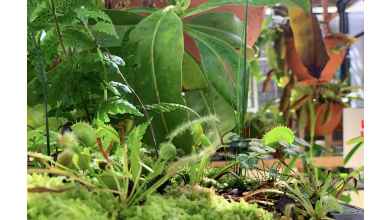
What Do Carnivorous Plants Eat?
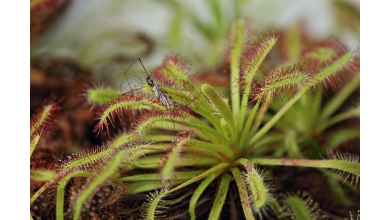
Are There Any Carnivorous Plants in the UK?
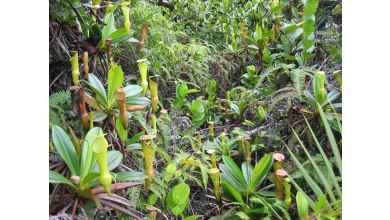
Darlingtonia Californica Care Guide
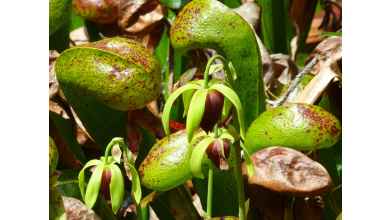
Cephalotus Care Guide

